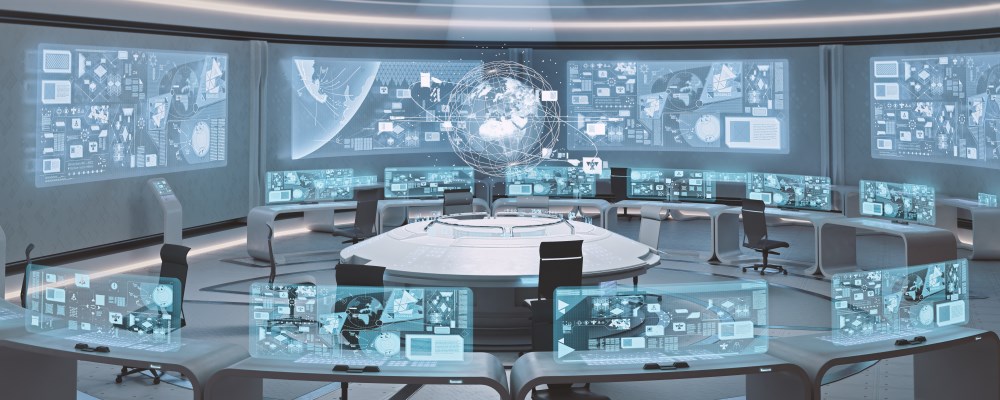What is the right approach to digitizing the thousands of cinemas present on the national territory, placing the ergonomics of Decision Makers first? In a future perspective, what are the pillars for the design of the Control Room? With Fabrizio Ponzo, Barco’s Territory Manager Large Videowall & Control Room, let’s try to answer these questions.
Today we inaugurate a journey that will accompany us for different episodes, and through various themes and numerous facets not only in the control room world, but in various fields of technological application. After all, Barco, as well as being one of the best known companies for A/V and sharing technologies, is also a privileged observation point through which to look at technological developments with full knowledge of the facts.
Let’s start with a very interesting theme: the Digital Transformation in the Control Rooms. According to Fabrizio Ponzi, first of all the paradigm is changing, and the operator is once again placing himself at the center of the control room, returning to being the director of the data and not just a spectator of the events. Improving the ergonomics of the workstation therefore becomes a priority topic to ensure an inclusive and integrated environment, as well as made on a human scale. In short, an ergonomic and efficient workstation, free of disturbing elements, connected and integrated into the company network, where the command and control of any source and/or sensitive data is possible from any point in the control room, enabling the digital transformation process, giving shape to a new term: the personal videowall, with high resolution display, where it is possible to view through simple iterations an almost unlimited number of IP streaming streams, graphic pages, live dashboards, system HMI pages, images from CCTV/VMS , breaking news from different sources, and more virtual servers, remote desktop sessions, system diagrams, manuals… etc!

All this, taking advantage of an innovative user experience, free of superfluous elements, with a single mouse/keyboard, where the only connectivity required is Ethernet to the corporate network. A dream? !”No”, Fabrizio Ponzo replies, “we are talking about existing technology, about a new concept of digital workplace, which can be transversally integrated into any control room, which allows to activate a digital transformation, gradual and constant, in all those mission critical environments where it is necessary to integrate an already existing and diversified background of data and applications within a single command and control platform.”
Control rooms are therefore constantly evolving, thanks to technology, even if the human aspect is always to be taken into great consideration. Operators must be able to manage information overload and communicate quickly with interested parties, internal or external to the company. “Designing well” sums up Ponzo “means taking into account the human aspect, reducing stress points in favor of working ergonomics and timely and efficient decision making.” What, then, are the points to favor? Quickly said: first of all, a single control point is needed for data and sources, even if they are not homogeneous; then, there is a need for complete integration with legacy systems and with the historical background of the control room, as well as full remote control for all displayed sources and a more modern and clean operator station design, free from clutter and distraction elements.
Other important elements are the reduction of noise and heat, which can be obtained by exploiting the remote control of computers/workstations from the operator desk to technical rooms or virtualizing the PDLs, and the integration of data sources from different networks, without forgetting a multi-channel audio, coming from all the displayed sources, the saving of personal templates and layouts that can be associated with your user preferences, easy disaster recovery (with workplace redundancy) and, finally, absolute scalability and flexibility, with all sources available on-the-fly on the network, ready to be acquired from a new workstation.







